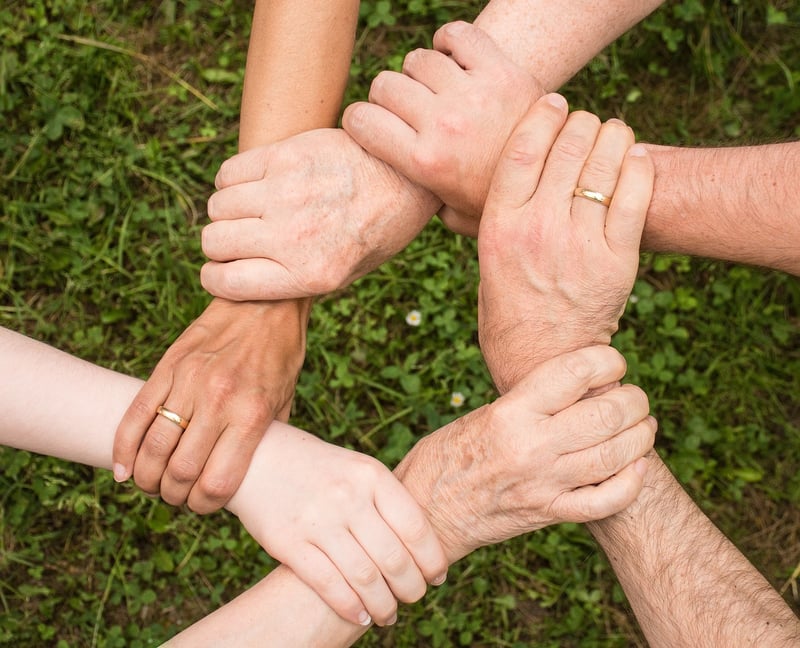Subtle Communications
The Power of Subtle Communication
In today's fast-paced world, effective communication is key to success in both personal and professional endeavors. While most people focus on verbal and written communication, the art of subtle communication can have a profound impact on your interactions with others.
What is Subtle Communication?
Subtle communication involves non-verbal cues, body language, facial expressions, and even silence to convey messages and emotions. It is about reading between the lines and understanding the unsaid.
The Importance of Subtle Communication
Subtle communication can help build trust, establish rapport, and create a deeper connection with others. It allows you to express empathy, show respect, and enhance your overall communication skills.
Examples of Subtle Communication
- Eye contact: Maintaining eye contact shows attentiveness and interest in the conversation.
- Body posture: Leaning in slightly can signal engagement and active listening.
- Facial expressions: Smiling can convey warmth and approachability.
- Pauses: Strategic pauses can emphasize key points and allow for reflection.
Mastering Subtle Communication
To improve your subtle communication skills, practice mindfulness, observe others' body language, and pay attention to your own non-verbal cues. Remember, sometimes what is left unsaid can speak volumes.

By honing your ability to understand and utilize subtle communication, you can enhance your relationships, navigate tricky situations with ease, and become a more effective communicator overall.
Embrace the power of subtle communication and watch how it transforms your interactions for the better.
